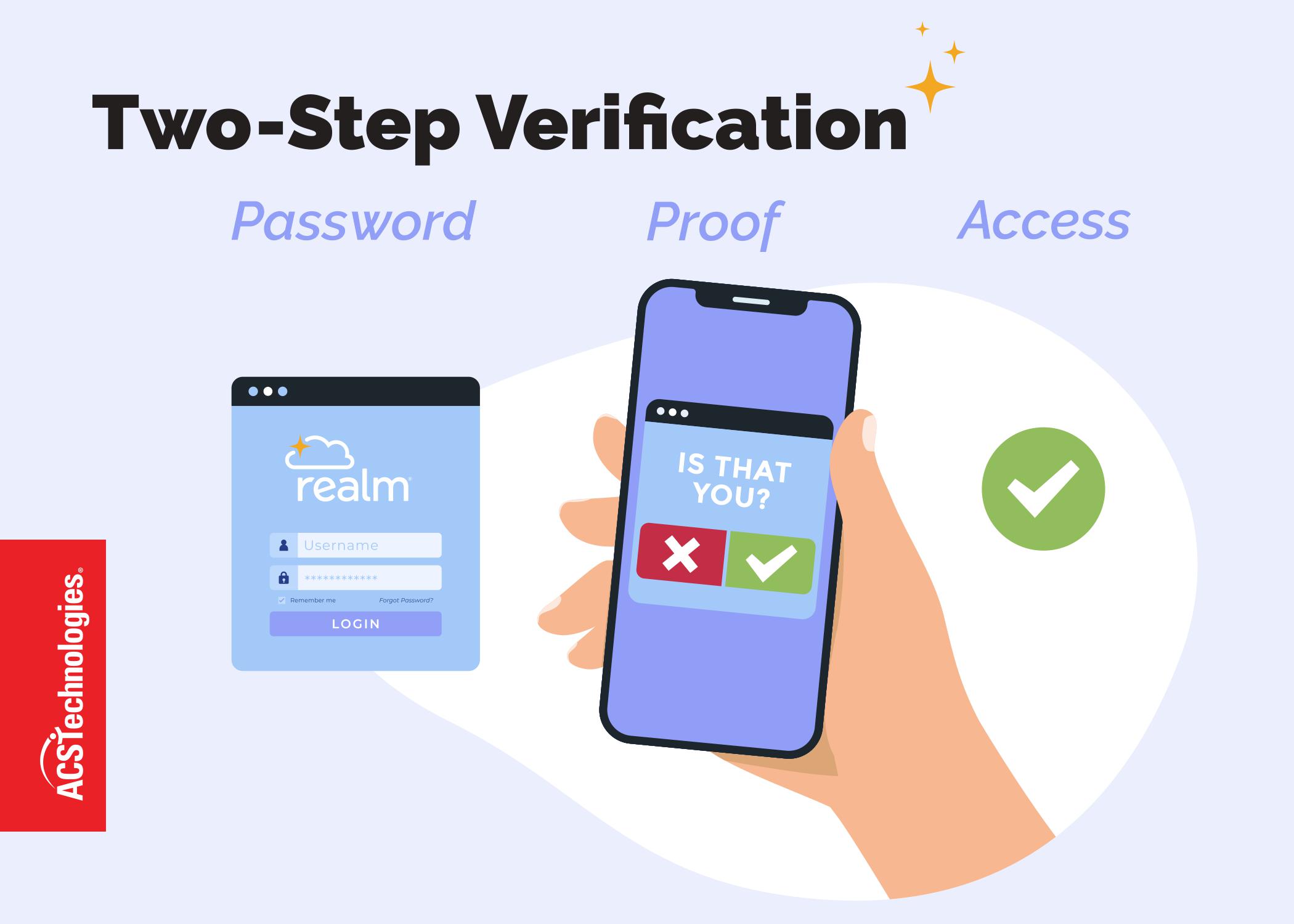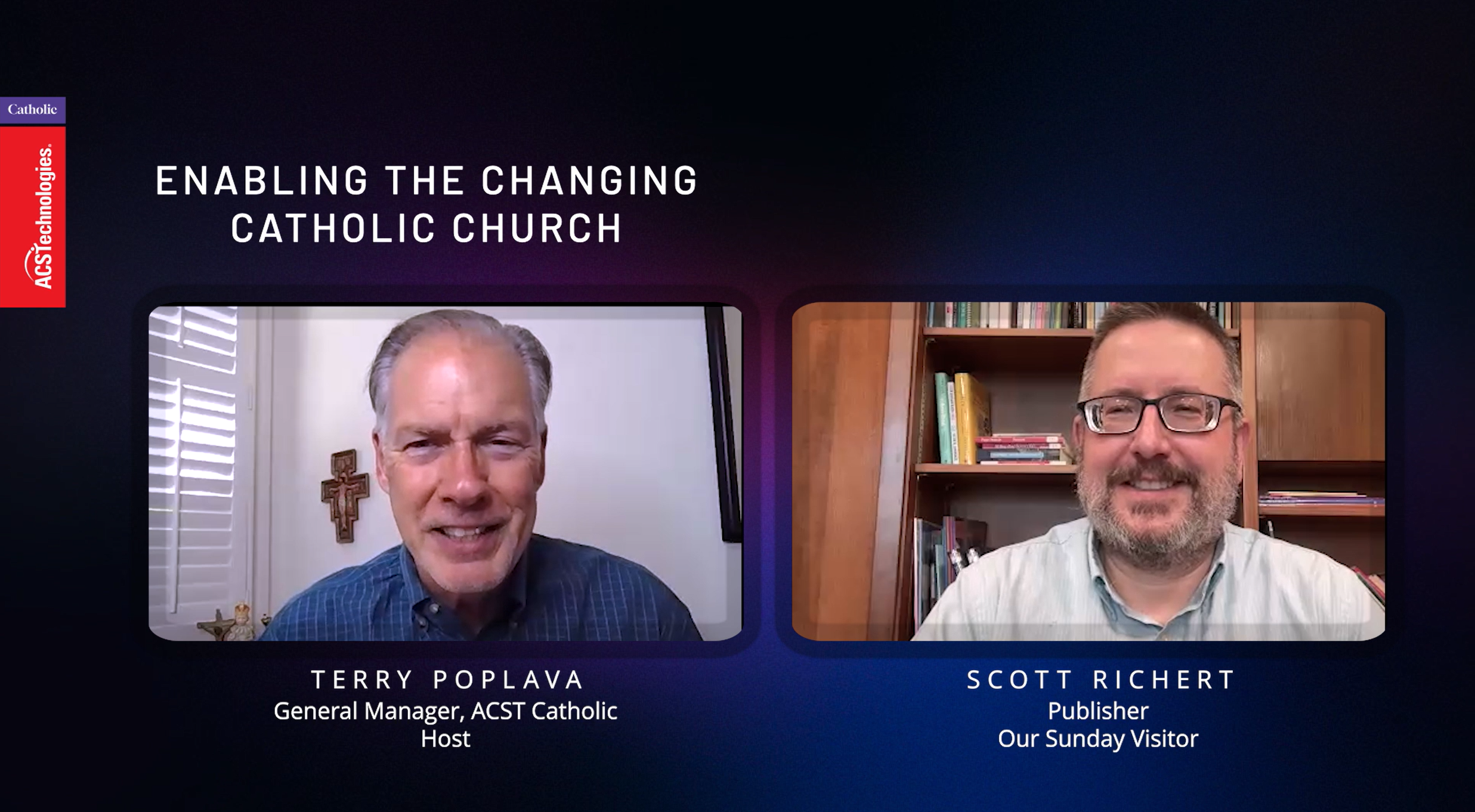 In the first article of the series, we discussed establishing a church safety and security committee.
In the first article of the series, we discussed establishing a church safety and security committee.
Once you form a committee, addressing medical needs should be one of your first tasks. While some safety concerns vary based on the church’s location or size, medical emergencies can occur in urban churches or rural churches, along with megachurches and small congregations.
Be prepared
Medical emergencies can affect members and attendees of all ages, from toddlers to teenagers to the elderly. Equip your church to handle accidents.
Place first aid kits around your church facility. Make sure the kits are accessible to adults but out of reach of children. You can buy first aid kits or choose to assemble them yourself. Regardless of which option you choose, check your kits regularly to ensure they are well-stocked. Make sure any medications and ointments inside have not expired.
Your church may consider investing in an Automated External Defibrillator (AED) as well. An AED is a portable device that electronically shocks the heart, establishing heart rhythm during a cardiac episode. You should also maintain defibrillators and place them in easy-to-reach locations. This way, they’re ready to go in life-threatening situations.
Since cardiac emergencies can affect individuals of all ages, defibrillator use is now covered in American Red Cross first aid courses. You can consult with the American Red Cross for input on which AED models to buy, how many you need, and where to place them.
Train your staff
Just as you train your staff to use event registration or child check-in systems, make sure staff members, Sunday School teachers, small group leaders, and safety committee members know first aid.
The American Red Cross offers online and hands-on first aid classes in most areas. They also coordinate on-site classes for businesses, communities, and even churches. Classes highlight basic first aid and emergencies for both adults and children, including how to administer CPR and use AEDs. The American Heart Association, National Safety Council, and some local hospitals also offer courses.
First aid certifications are typically valid for several years. Train new leaders or teachers and retrain existing ones each year so everyone’s certification is up-to-date.
Some of your members and group leaders may already have first-aid certifications or work in the medical field- but do you know who they are? Make a list and keep it with your first aid kits and AED. Be sure to keep emergency phone numbers with your first aid supplies as well.
Ideally, you would like to have at least three people in each department who are trained to provide basic first aid and can stabilize patients until emergency responders arrive. These volunteers do not take the place of full-fledged medical personnel, but each area is covered in case someone’s on vacation or if you need a backup.
Document all medical incidents
For record-keeping and insurance purposes, document any accidents or medical incidents that occur on church property. If an incident is serious, promptly report it to your church’s insurance agent.
To document incidents, create a form that includes the injured person’s personal information, the injury sustained, the date, time, and place of the injury, medical attention, and the injured individual’s medical insurance information. Here are some examples. You should also include a full description of the incident as well as the names and phone numbers of any witnesses. Complete this form any time an injury or medical emergency occurs at your church and at off-campus functions.
Prevention is key, but accidents happen. Aim to provide the safest environment possible at your church when medical emergencies occur. It could be a life-saving commitment for your leaders, staff members, and congregants.
You can take it from here
This article is intended to be a starting point to open dialogue about security plans for your church. Be sure to do your own research, and if appropriate, contact a professional to determine safety guidelines that suit your needs.
This article is part two of a five part series on church safety. Stay tuned for our next article on safe church buildings and property.
About the writer
A Charleston, SC resident and technical writer for ACS Technologies, Amy’s witnessed the impact tragedies such as the Emanuel AME Church massacre have on a community. In her spare time, Amy enjoys running, art, travelling, volunteering, and spending time with family and friends.




Hi. I am interested in your 5-part series on church safety and security.